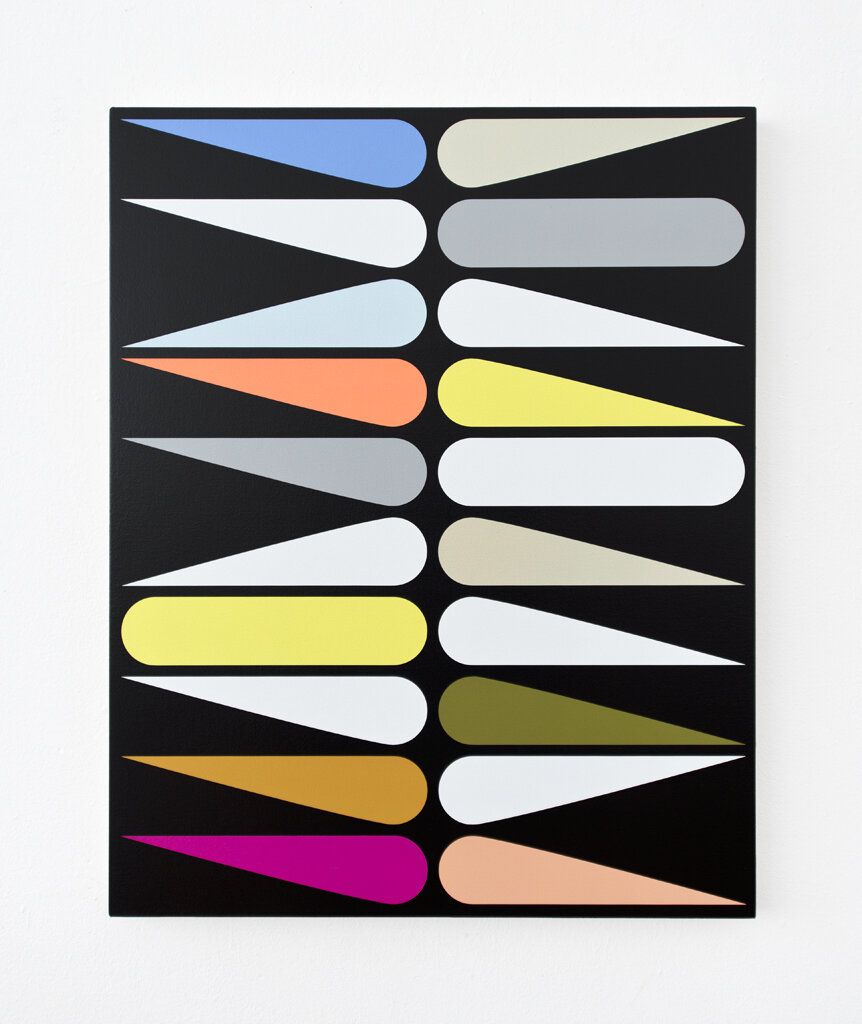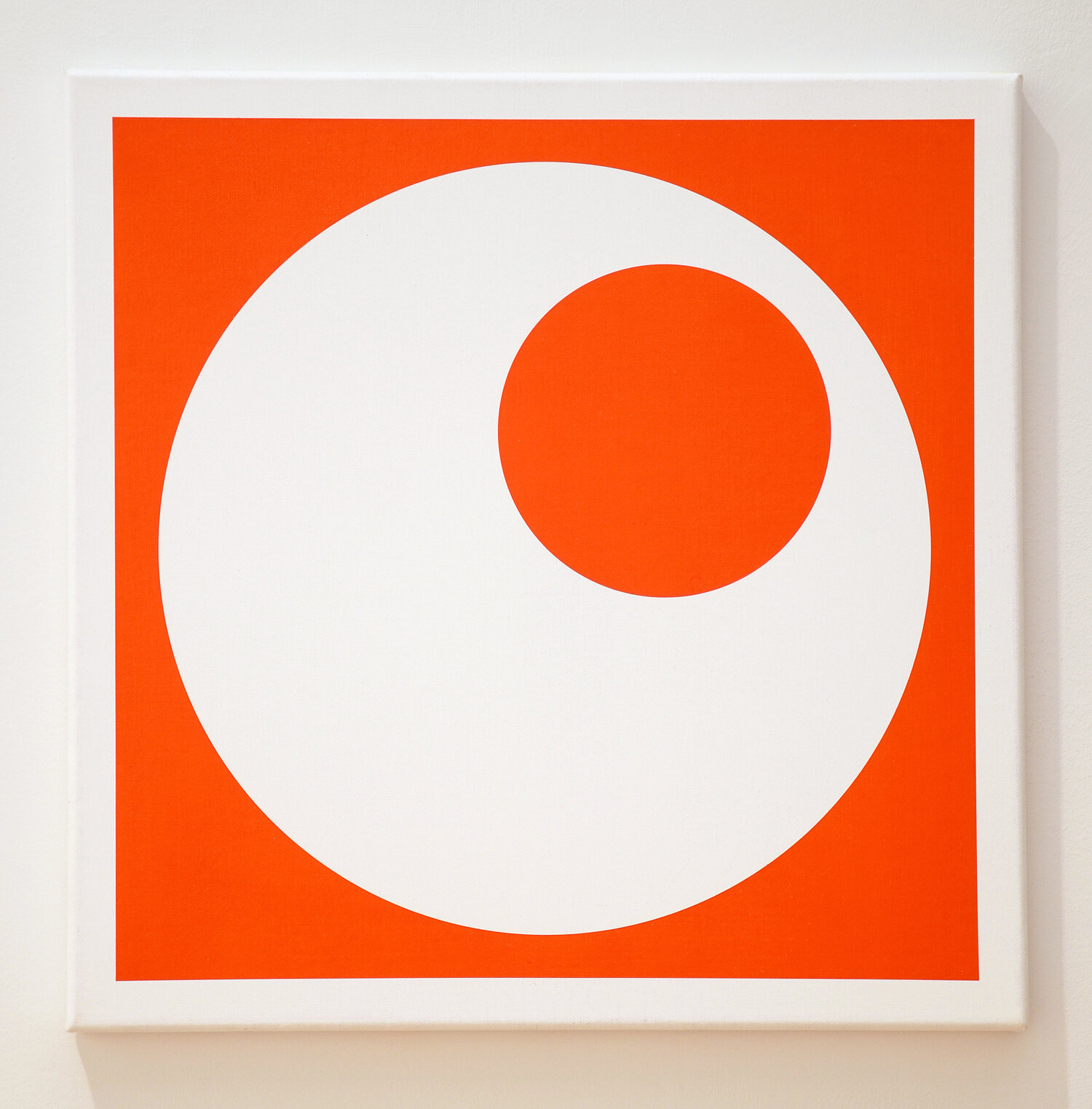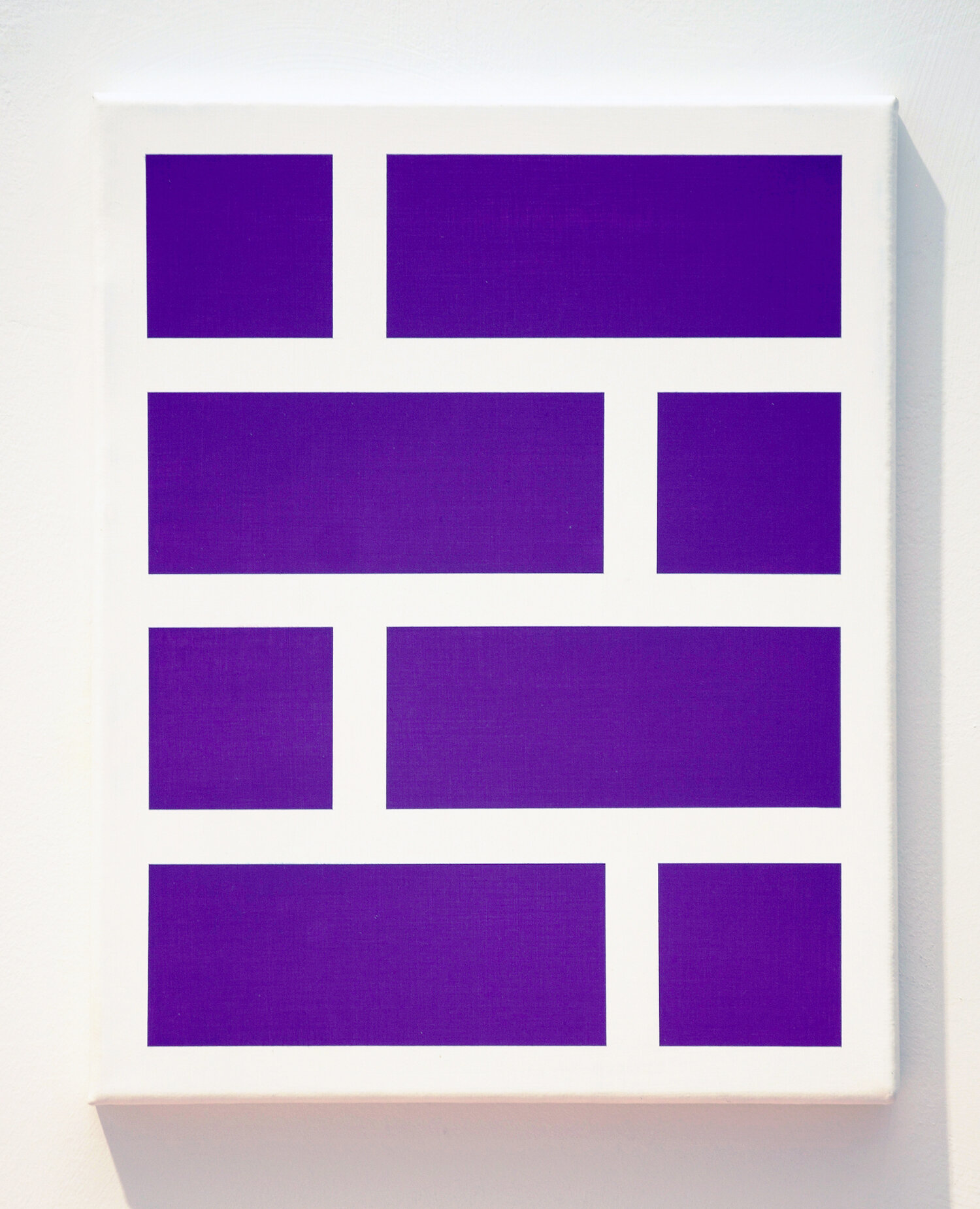Jan van der Ploeg
b. 1959 Amsterdam, Netherlands / Lives in Amsterdam, Netherlands
Interested in Jan van der Ploeg? Contact us.
Jan van der Ploeg, Painting No. 20-11 Untitled, 2020, Acrylic on canvas, 14.25 x 15.75 inches / 36.25 x 40 cm
Jan van der Ploeg, Painting No. 20-12 Untitled, 2020, Acrylic on canvas, 14.25 x 15.75 inches / 36.25 x 40 cm
Jan van der Ploeg, Painting No. 20-35 Untitled, 2020, Acrylic on canvas, 14.25 x 15.75 inches / 36.25 x 40 cm
Jan van der Ploeg, Painting No. 20-36 Untitled, 2020, Acrylic on canvas, 14.25 x 15.75 inches / 36.25 x 40 cm
Jan van der Ploeg, Painting No.1502 Untitled, 2015, Acrylic on canvas, 28 x 22.5 inches / 71 x 57 cm
Jan van der Ploeg, Painting No.1522 Untitled, 2015, Acrylic on canvas, 28 x 22.5 inches / 71 x 57 cm
Jan van der Ploeg, Painting No.1529 Untitled, 2015, Acrylic on canvas, 28 x 22.5 inches / 71 x 57 cm
Jan van der Ploeg, Painting No.1525, Untitled, 2015, Acrylic on canvas, 28 x 22.5 inches / 71 x 57 cm
Jan van der Ploeg, Wall Painting No. 431, Untitled, 2016, Latex paint on wall, 126 x 96 inches / 319 x 244 cm, #JVDP28
Jan van der Ploeg, Balls, 2006, Acrylic on canvas, 15.5 x 15.5 inches, 40 x 40 cm, #JVDP16
Jan van der Ploeg, Wall Painting, 2006, Acrylic on canvas, 11.75 x 9.5 inches, 30 x 24 cm, #JVDP15
Jan van der Ploeg, Orange, Green, Purple and Brown Lines, 2006, Acrylic on canvas, 11.75 x 9.5 inches, 30 x 24 cm, #JVDP18
Jan van der Ploeg, 6-Pack, 2006, Acrylic on canvas, 11.75 x 9.5 inches, 30 x 24 cm, #JVDP13
Jan van der Ploeg, Untitled, 2008, Acrylic on canvas, 11.75 x 9.5 inches, 30 x 24 cm, #JVDP17
Jan van der Ploeg, Untitled, 2009, Acrylic on canvas, 15.5 x 9.5 inches, 40 x 30 cm, #JVDP14
Biography
For the past three decades, Jan van der Ploeg (b. 1959 Amsterdam, Netherlands; lives Amsterdam) has exhibited his work extensively in both solo and group exhibitions in Europe, North America, Australia, and New Zealand. His recent solo exhibitions include Kunsthaus Baselland (Basel), Taubert Contemporary (Berlin), Gerhard Hofland Gallery (Amsterdam), Nieuw Dakota (Amsterdam), Boeske & Hofland (Leipzig), NP3 (Groningen), Atelier aan de Middendijk (Groningen), Two Rooms (Auckland), Sarah Cottier Gallery (Sydney), Hamish McKay Gallery (Wellington), Giacomo Guidi Gallery (Rome), Raygun Projects (Toowoomba, Australia), Shane Campbell Gallery (Chicago), and Klaus Benden (Cologne), among many others. In 2007, van der Ploeg mounted a large-scale, wall painting installation at the Hammer Museum in Los Angeles, CA.
Van der Ploeg’s work is included in the collections of the Stedelijk Museum (Amsterdam), Museum Boijmans van Beuningen (Rotterdam), Gemeentemuseum (The Hague), Rijksmuseum Twente (Enschede), and Daimler Contemporary Art Collection (Berlin), among others. He studied at the Rijksakademie van Beeldende Kunsten, Gerrit Rietveld Academie (both Amsterdam), and the Croydon College of Art (London).
In addition to his artistic work, van der Ploeg founded and directs PS, a highly regarded exhibition venue and program based in Amsterdam. PS aims to provide a platform for the work of upcoming international artists in an environment that exists between the conventions of an artist-run space and a commercial gallery.
Overview
Over the past 30 years, Dutch artist Jan van der Ploeg has produced more than four hundred site-sensitive wall paintings in museum, gallery, corporate, public, and private spaces around the globe. Advancing ideas regarding the fusion of image, plane, and architecture first espoused by the De Stijl group nearly a century ago, van der Ploeg conceives his large-scale murals, whether temporary or permanent, in direct response to the particulars of a given architectural space or condition. His wall paintings usually embrace and activate the full height and width of a given wall. Individual works can be centered on a single wall, wrap around several walls filling an entire room, span multiple rooms or adjacent floors of a building, scale up and down stairwells, and more.
Van der Ploeg’s paintings are characterized by their use of bold geometric shapes and patterns in vibrant, singular color arrangements, which are informed by a diverse array of art historical sources ranging from Italian Renaissance architecture to Maori weaving to Islamic tile design. In his work, he employs exclusively hard-edged, solid-colored shapes, which may be orthogonal or curvilinear, meet at right or oblique angles, or run parallel with or perpendicular to the floor and ceiling. His palette is dynamic and saturated, but he rarely employs the pure primary colors red, yellow, and blue. A wall painting may consist simply of a single color applied against the neutral white ground of a gallery wall, or may employ two or more distinct colors used in concert. His immersive wall works, usually large in scale, recalibrate our perception of a given space and can range from highly graphic to spatially confounding, overwhelming both the eyes visually and the body physically.
About van der Ploeg’s work, artist and curator Michelle Grabner writes, “…his paintings expand the best of contemporary non-objective work in their shear boldness and fearless scope, the entirety of the painting’s dynamics are always greater than the architecture that supports them…The impact of van der Ploeg’s paintings is located at the intersection of sensation and thought, between the work’s graphic visual impact and its conceptual underpinnings. His paintings are welcomingly antagonistic to narrative. Signifying instead a powerful commitment to the commingling of the familiar, new and strange potentials of color and form.”
Web Site
www.janvanderploeg.com
Our Artsy Page
www.artsy.net/minus-space/artist/jan-van-der-ploeg
Social Media
Instagram















